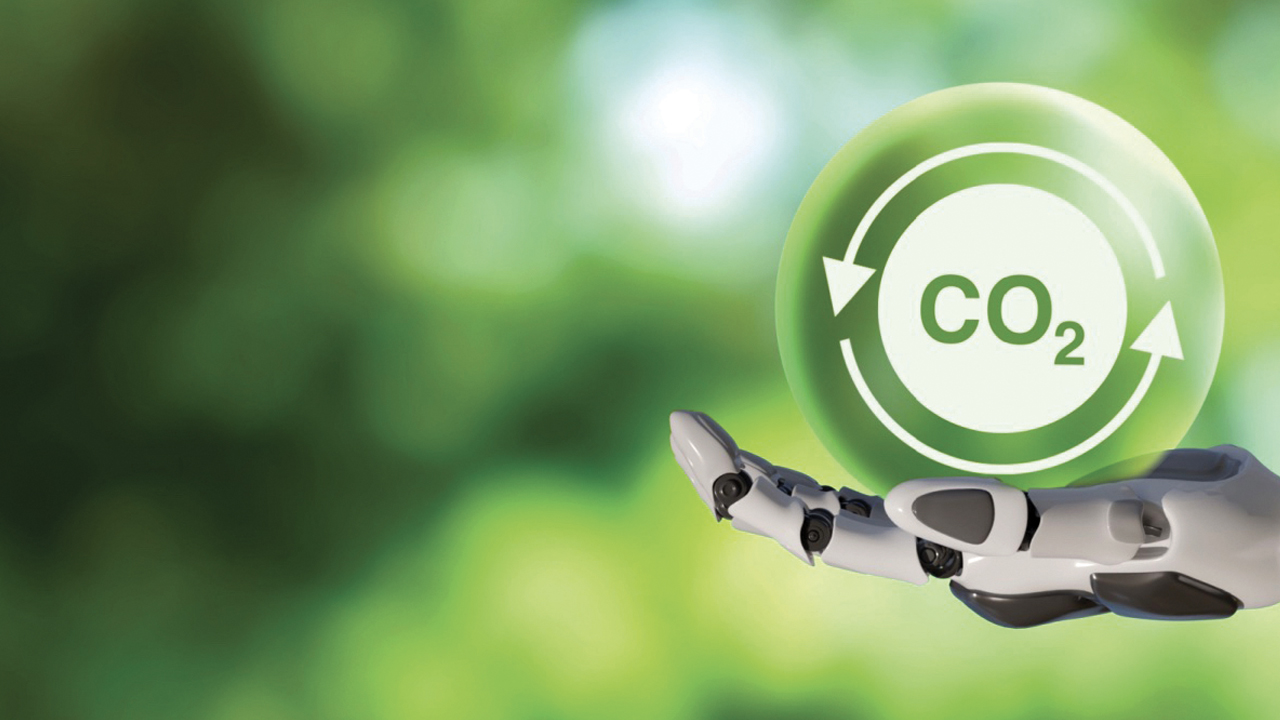Kingdom
Greentech: A Booming Sector (1/2)
The Greentech sector in Morocco is rapidly expanding in response to the environmental and climate challenges the country, like the rest of the world, must address. Moroccan startups in this field are delivering effective solutions to boost productivity…

Positioned as a key player in the energy transition, Morocco is investing in clean and sustainable technologies. The objective is clear: reduce dependence on fossil fuels, improve energy efficiency, and promote renewable energy. Flagship projects, such as the Noor solar complex in Ouarzazate, reflect this ambition. Meanwhile, Moroccan startups are making their mark in the ecosystem. Some companies focus on waste management, green mobility, and soil rehabilitation. Support from public initiatives, such as Morocco Tech and tax incentives for green projects, fosters the development of environmentally friendly technological innovations. Morocco’s Greentech potential is not limited to local improvement; it also serves as a lever to attract international investment, positioning the country as a regional hub for sustainable solutions.
Clay for Eco-Friendly Homes

Eco-Dôme specializes in ecological construction, utilizing local resources—particularly clay—to create accommodations for rural tourism. The company designs buildings that blend the charm of traditional architecture with the comfort of modern homes.
Eco-Dôme employs a unique construction method: stacking polypropylene bags filled with locally sourced clay stabilized with a binding agent. Beyond their visually appealing design, these structures offer numerous advantages over conventional builds: a 40% reduction in construction time, minimal ecological impact, seamless integration into the environment, and controlled building costs. They also provide natural thermal insulation, ensuring cool interiors in summer and warmth in winter. To date, Eco-Dôme Morocco has completed around 20 projects nationwide, including a 250 m² cultural center in Agouim, developed in partnership with the Oum Qora Association and Enactus at Hassania School of Public Works.
Harnessing Wave Energy

The startup ATAREC stands out for its innovation in wave energy. Founded by visionaries, the company has developed a groundbreaking solution to harness marine wave energy. Based at the Technopark of Tangier, ATAREC quickly caught the attention of investors and renewable energy experts. Its flagship solution, Wave Beat, is a mechanical-electrical system that converts wave energy into green electricity. This patented technology, registered in 70 countries, has established ATAREC as a major player in marine energy. The first Wave Beat pilot project was deployed at Tanger Med Port, with a total projected capacity of up to 110 MW. The startup received significant financial backing, including support from UM6P Ventures, the venture capital fund of Mohammed VI Polytechnic University. This initial funding enabled ATAREC to transition from industrial demonstration to full-scale production and begin international commercial deployment. In 2024, ATAREC also secured €180,000 in funding through the Dutch Small Business Innovation Research (SBIR) competition. The company aims to expand beyond Morocco, signing agreements for wave energy projects in four additional countries. In 2024, it announced plans to establish a subsidiary in Saudi Arabia to launch pilot projects in the Neom smart city and Jeddah.
Nano-Irrigation Innovation

GEMS is an innovative company dedicated to optimizing water resource management, particularly in agriculture. By integrating advanced technologies, including nanotechnology, GEMS develops irrigation solutions to enhance water-use efficiency on farms, green spaces, and arid lands. Implemented in Africa, its solution uses a subsurface slow-release nano-irrigation system that reduces water consumption by up to 80% compared to traditional methods. Dubbed Moistube, this system is the first of its kind to rely on nanotechnology as a core principle, operating at very low pressure (less than 0.5 bar). It requires no electricity or pumping. Thanks to its semi-permeable membrane—containing 100,000 nanopores per cm²—water is released slowly and continuously directly to plant roots, minimizing evaporation and percolation losses for optimal, water-efficient irrigation.













